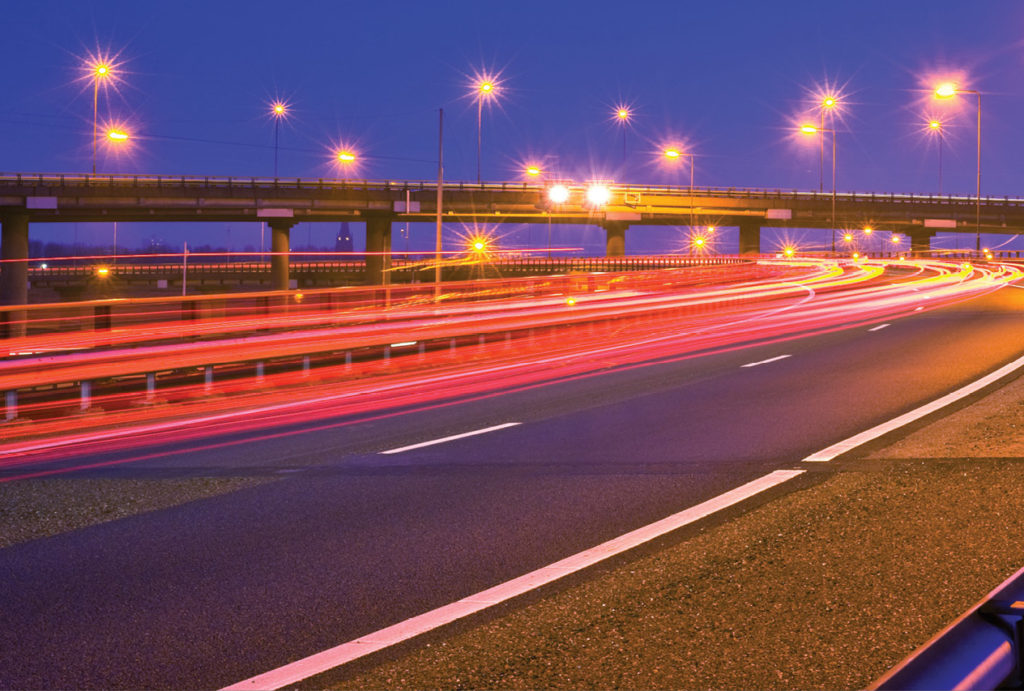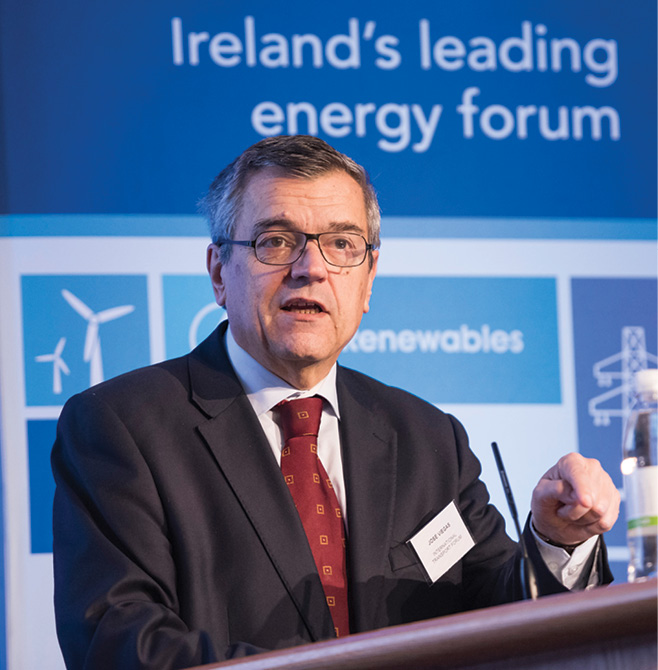Climate goals for transport


Prior to the OECD’s International Transport Forum (ITF) finalising its shared urban mobility solution for Dublin, eolas magazine spoke to Secretary-General José Viegas to find out more about the reasoning and potential outcomes of the project.
“We have to face it, climate change is happening,” explains Viegas as he points to the correlation between temperatures and the increase in carbon emissions from industrial activity and transport. “If we don’t want climate change then we have to change our activity. The problem is that the effects are cumulative, so even by reducing our levels of carbon for tomorrow, the carbon of yesterday still exists.”
Pointing to major flooding in Cork in recent years as an example, Viegas says the impacts of climate change can be evidenced in every EU country by individual incidents over the past five years. These incidents will only increase as CO2 levels rise and projections show that continuing with “business as usual” in the global transport sector will see a rise in both passenger and freight volume.
While the Paris agreement, signed by 194 parties, represents significant progress globally, Viegas explains that even considering technology advances, the current progress is not enough to combat the transport sectors output of around 24 per cent of energy related emissions.
Initiatives that are being taken around the world to reduce carbon levels, while positive, are failing to see the bigger picture, he says. They demonstrate that change is possible, plausible and serve as an inspiration to others. However, there are limitations in that most actions and expectations being based on propulsion technologies, that globally there is a poor perception of the transferability of results and that most result estimates are based on back casting. Viegas explains that the launch of the Decarbonising Transport Project at the ITF’s annual summit in May 2016 was based on the assumption that current initiatives were not considering wider influences such as population growth and urbanisation, the evolution of trade and consumer preference.

The comprehensive project aims to bring all transport stakeholders together, including ministers, private sector, IGOs, NGOs, multilateral research institutions, and bring the subject of carbon reduction from discussion to action “with real and more importantly, timely, results”. The approach is two pronged, incorporating modelling and dialogue.
“We have several complex processes which involve a range of dimensions. Political, regulatory, managerial and technical competences are involved but we also need the leadership that is brought by the various ministers and corporate leaders. Integration of sustainable development goals is key and we found that with just a little bit more data than would be necessary to tackle greenhouse gas emissions, we can also cover the progress in relation to the other sustainable development goals in the transport area, namely providing access and having much better road safety.”
The stock of data available to the ITF allows for a full global picture, incorporating 310 regions, all countries and 1,600 cities. Viegas explains the importance of developing multiple types of partnerships to ensure that the data is being utilised, ranging from countries through to industrial associations and knowledge partners.
“Much of the focus is on renewable energy and technology to deliver the necessary results, but we believe that there are other instruments that are equally important, for example land use, charges and subsidies and business models. It is also important to take exogenous factors into account – in the case of 3D printing for example, as this grows more sophisticated, this will have an impact on trade flows. It is important for us to understand the correlation between each lever, if one thing moves in one area, how will it affect another area.
“We recognise from the outset that different countries will have different paths, nobody expects that the curve of carbon reduction from Denmark to be the same as from India for example. We recognise that some countries must grow and with that growth transport will increase. However, the hope is that we can help somewhere like India move towards a future where they stop motorisation at a lower point that would potentially be the case and that they do it with cleaner vehicles. It’s a case of managing growth with the aim of reducing carbon in the future.”
Working towards the global aim of carbon neutrality within this century, Viegas explains that their programme relies on dialogue with countries and assessing their political ambitions on an individual basis. Where countries currently develop measures to lower emissions, improve road safety and accessibility, the ITF are offering to work with them to put their measures through their model and outline the expected impacts. Where expected impacts and outcomes do not align, then a plan can be drawn up to meet the objectives.
A recent study on Lisbon (a similar one is currently underway for Dublin), achieved positive results. Keeping Lisbon’s high-capacity public network, the study added shared taxis and taxibuses, finding that just 3 per cent of the current cars would be needed and resulting in a CO2 emission reduction of 34 per cent. Thus, it is expected that if Lisbon adopted the model, it could expect a faster penetration of clean technologies given intense use, shorter life cycle and more rapid fleet renewal.
One surprise that the results of the study brought up was the impact the methods of carbon reduction would have on greater accessibility to healthcare, jobs and education. Viegas says: “The reason for the existence of transport is to provide access but for too many years a lot of people, including myself, focussed on saving time when doing cost-benefit analysis. We may have been shortening a motorway journey by two minutes but in the end, we were doing it largely for people who already had good access. The shared solutions model in Lisbon found evidence of much better and more equal access using demand-responsive public transport services.”
The ITF aim to publicly present their current case study findings at the 2017 summit in Leipzig in late May with the goal of awareness building prior to the next round of national commitment adjustments in 2020.





